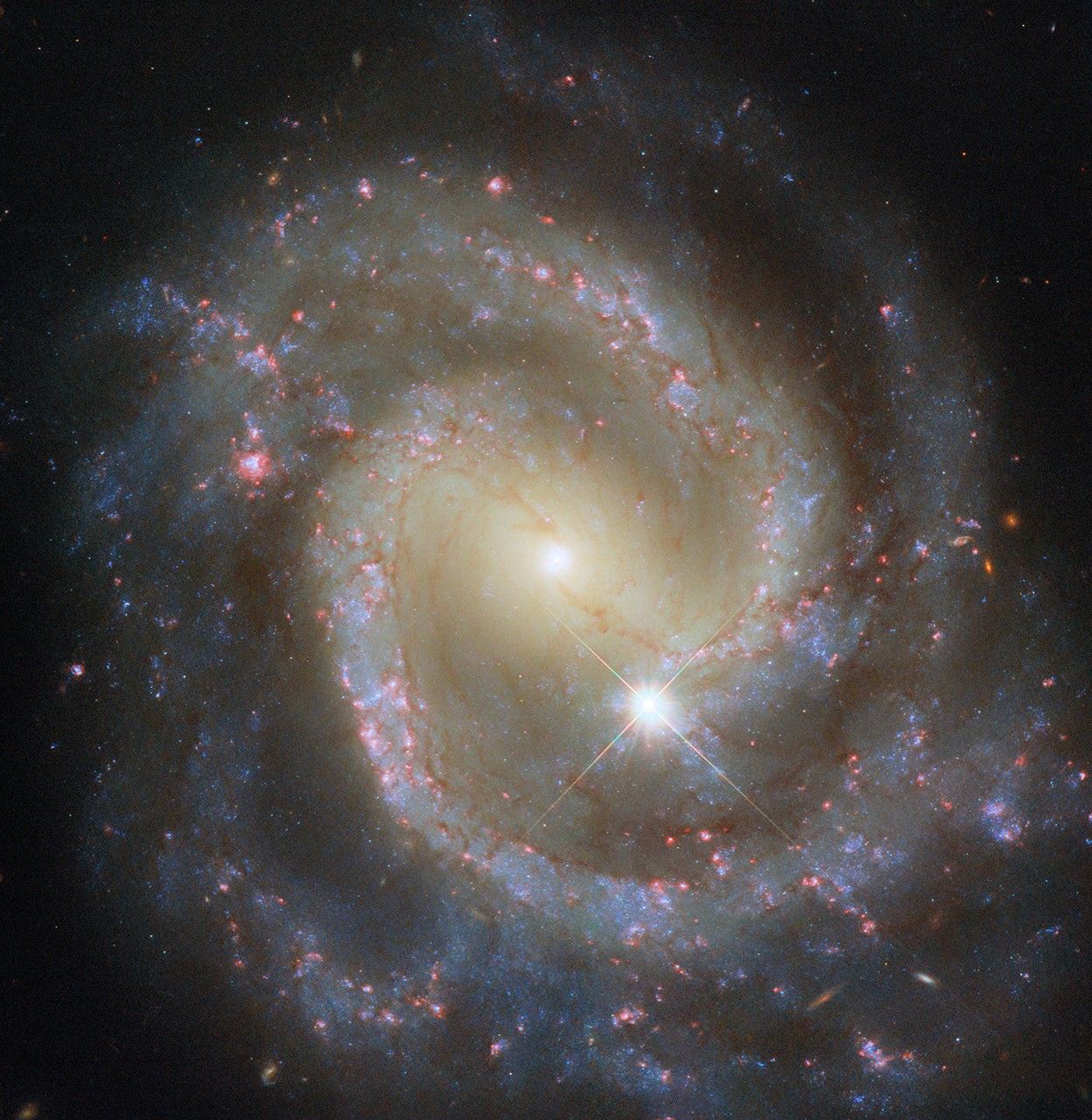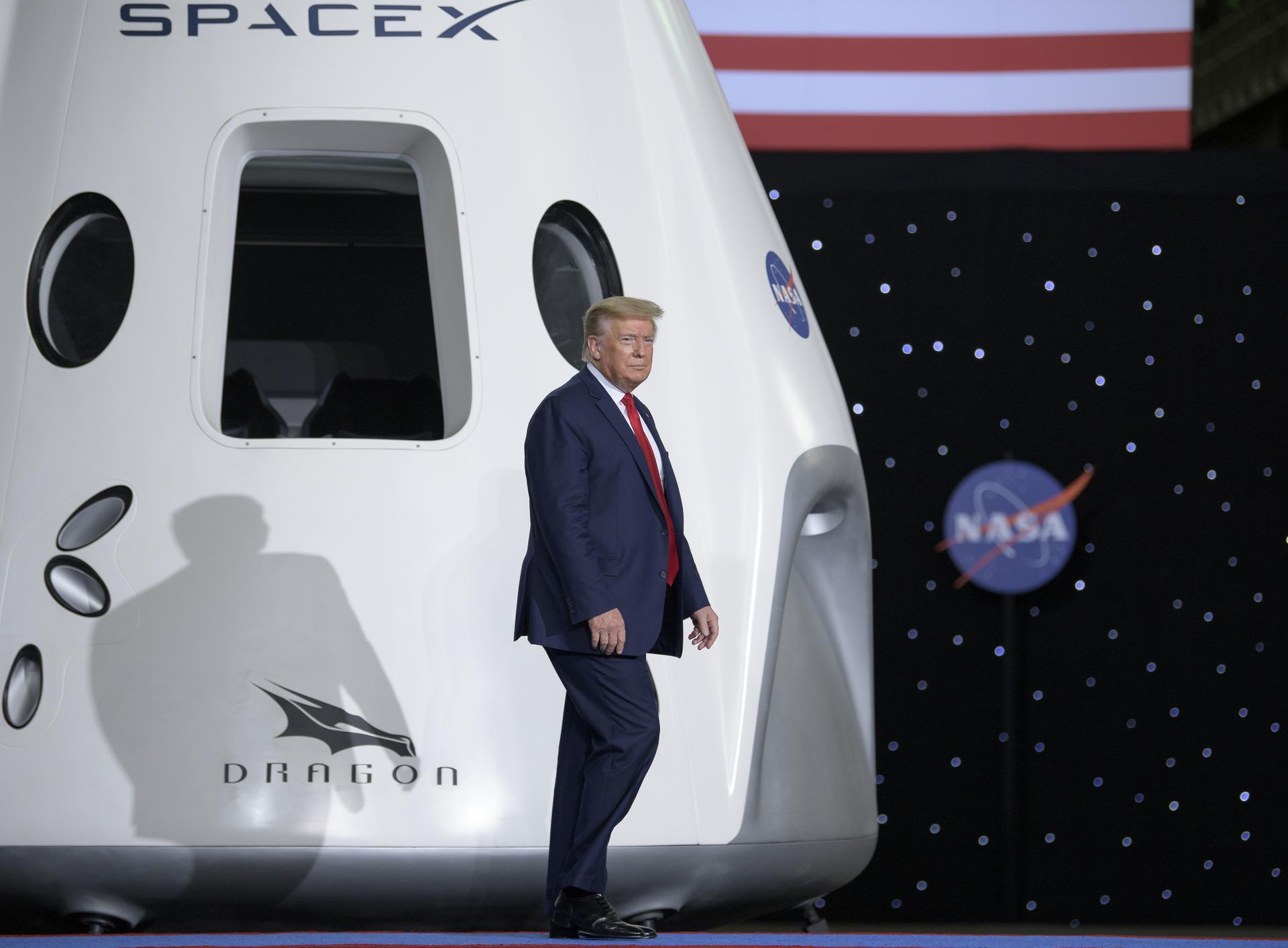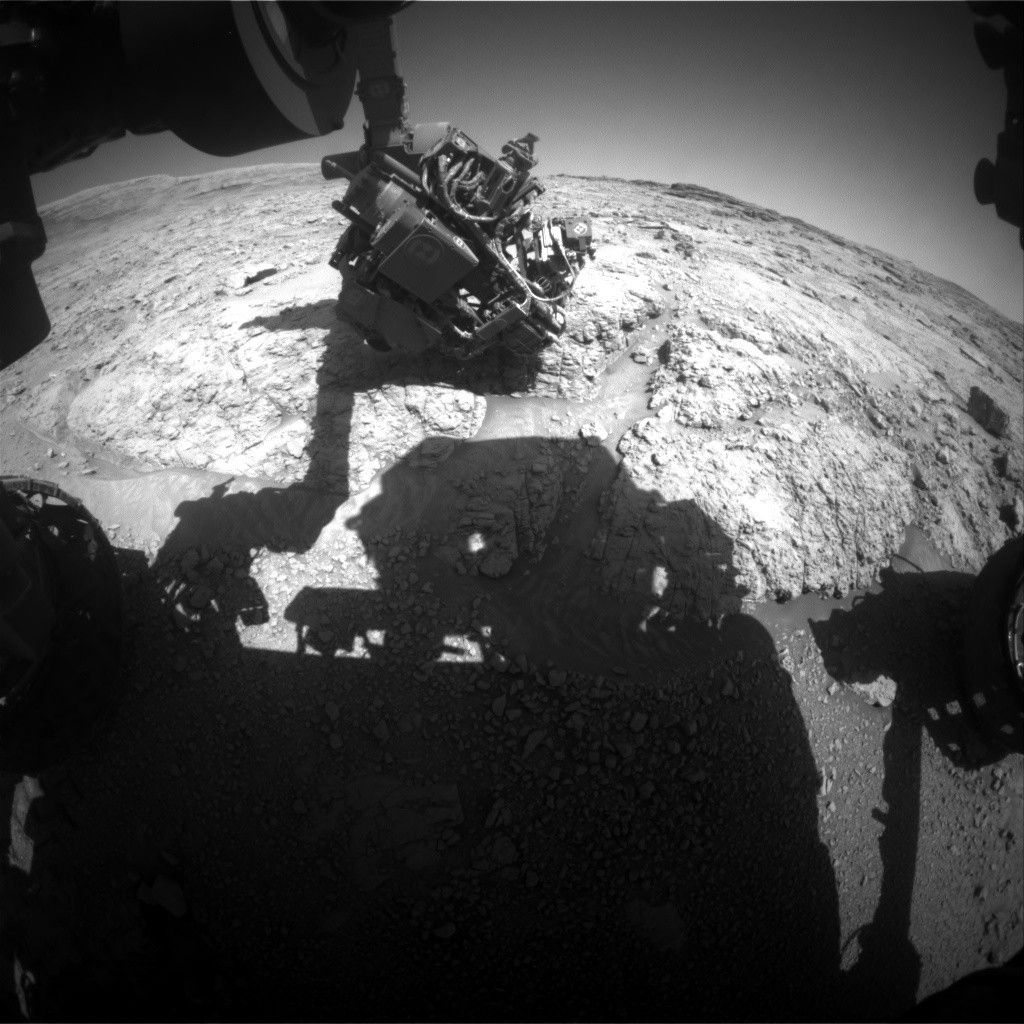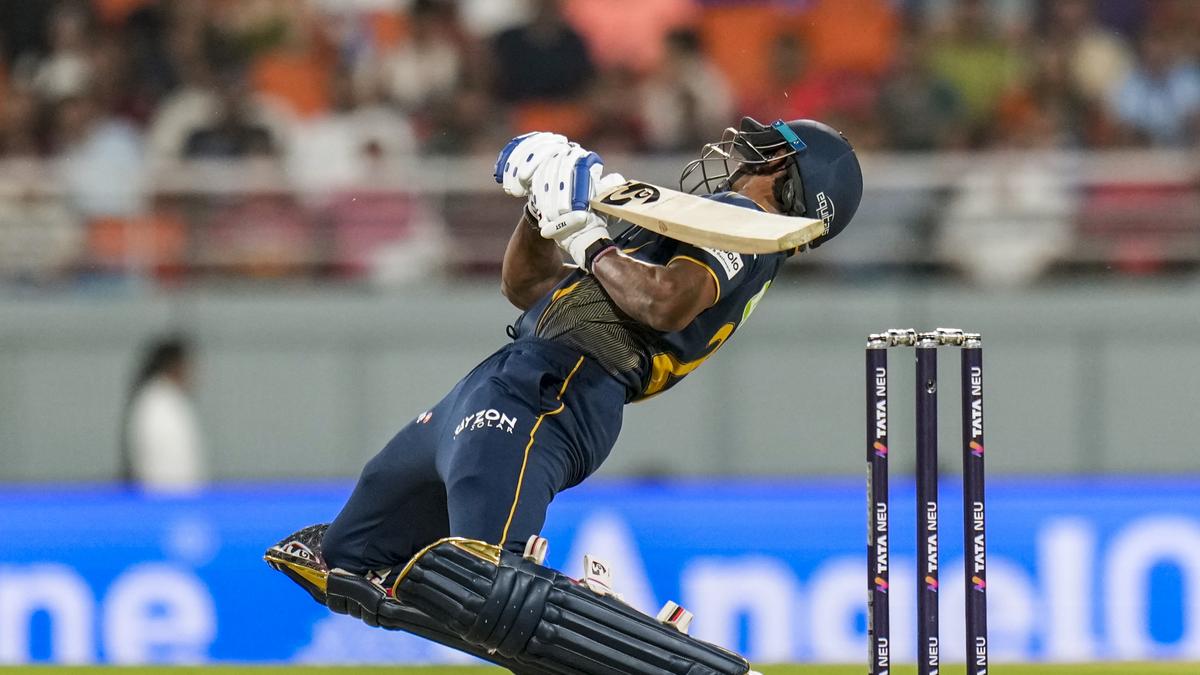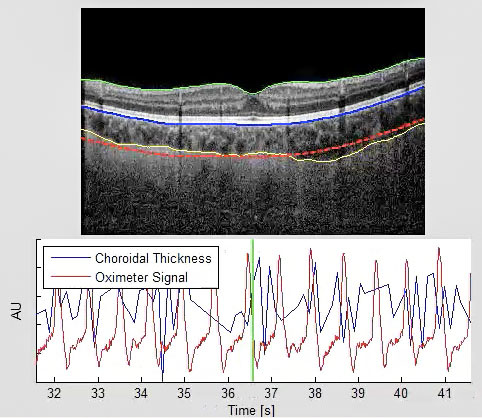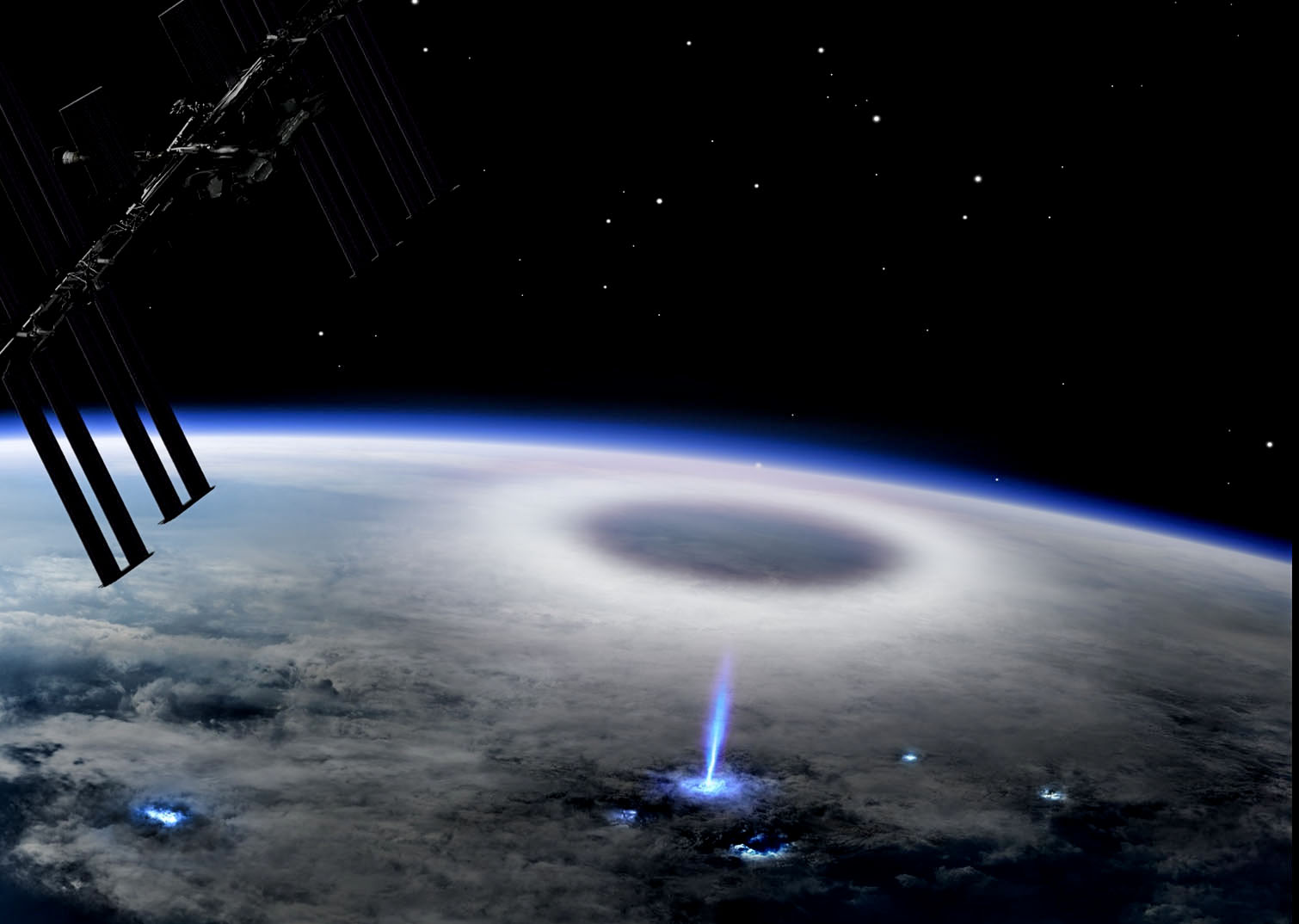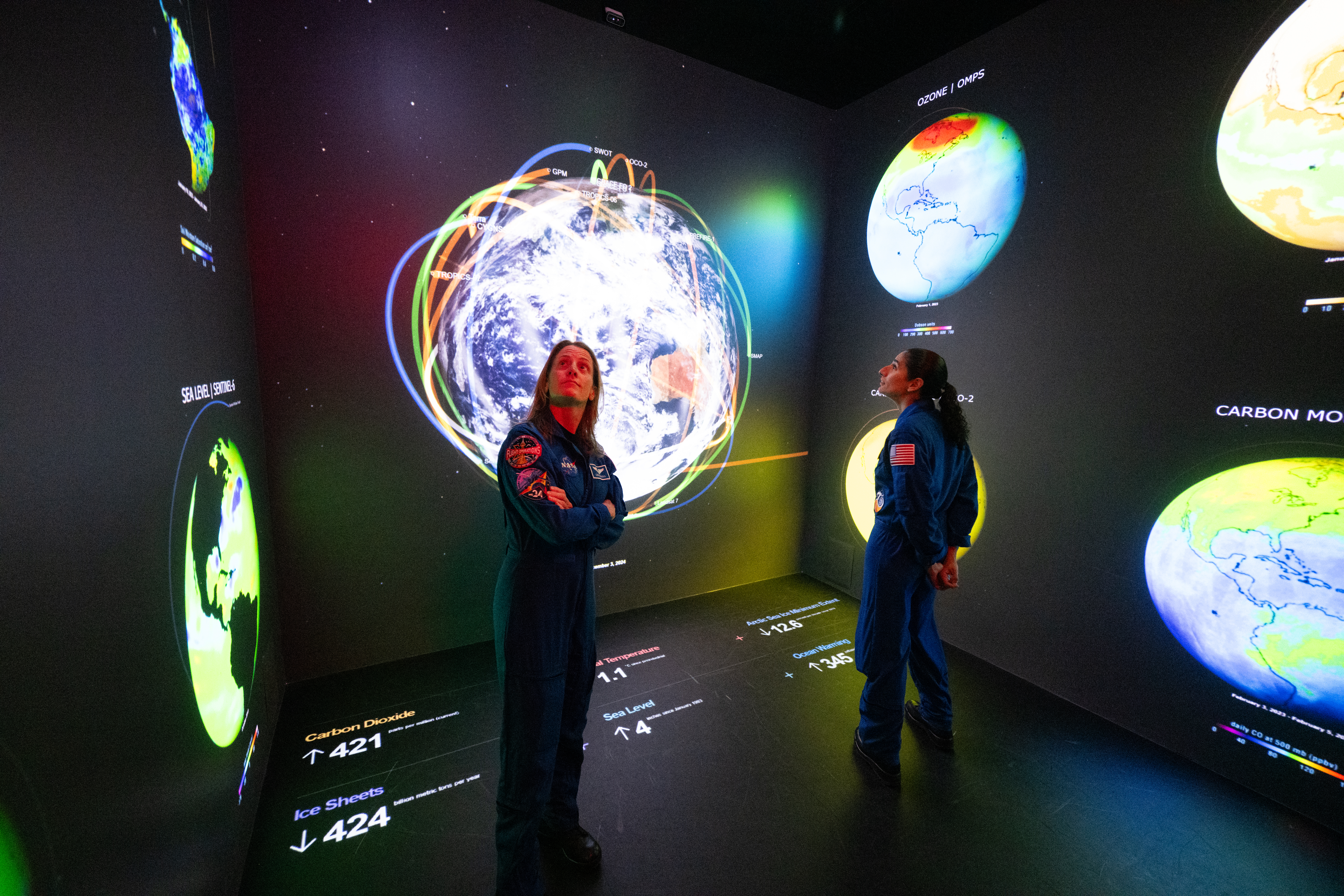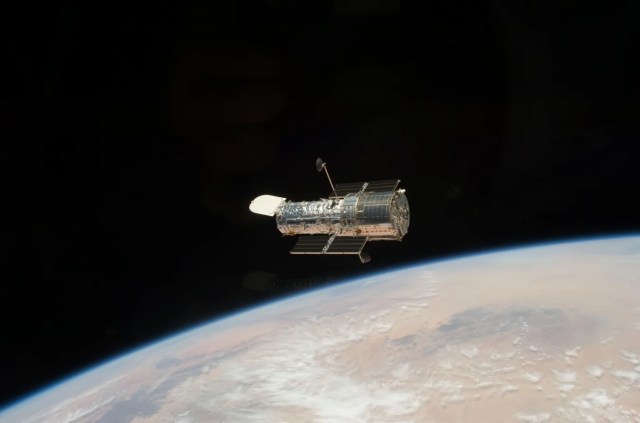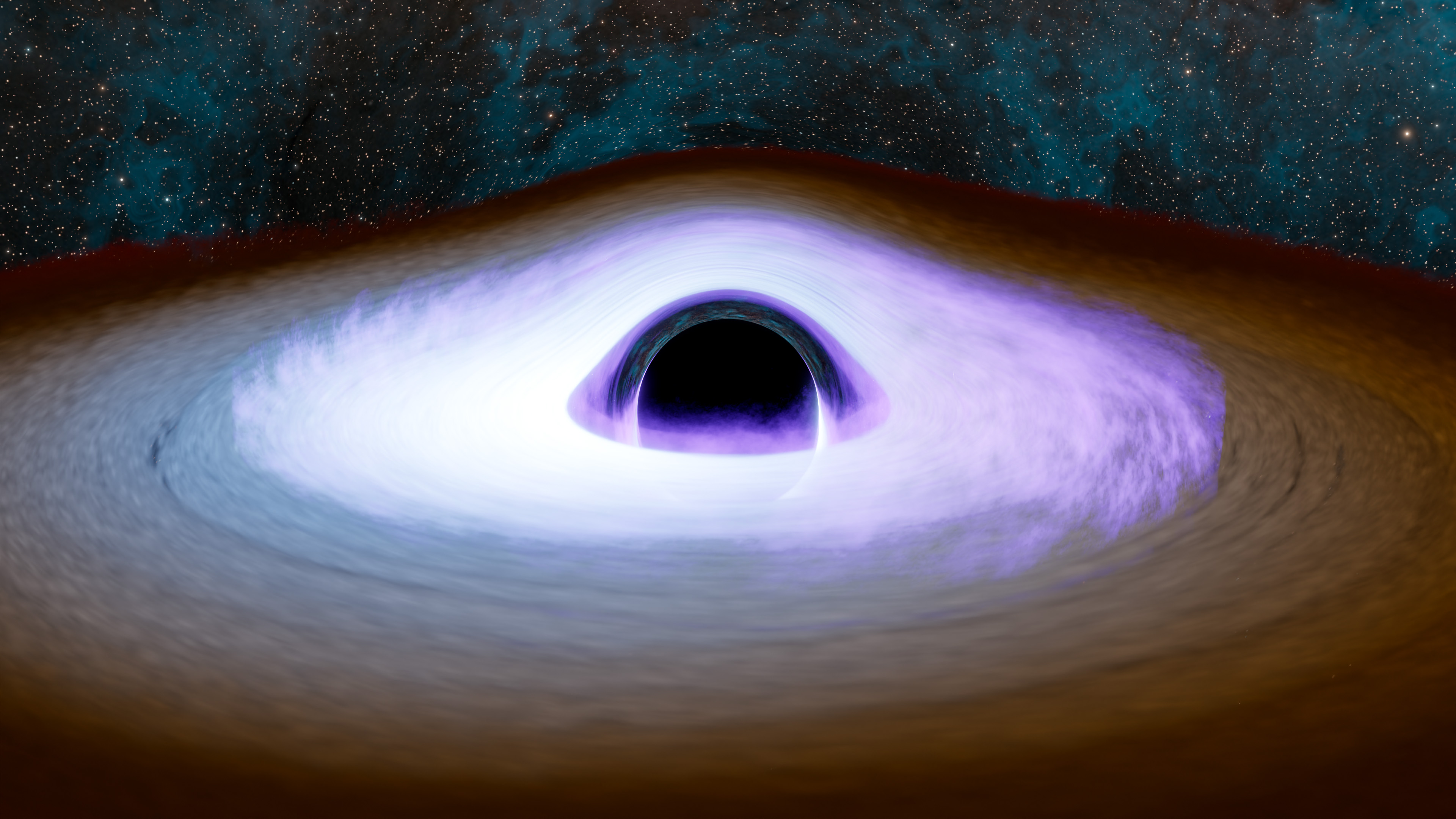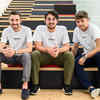Station Science Top News: Sept. 27, 2024
Researchers found that long-duration spaceflight affected the mechanical properties of eye tissues, including reducing the stiffness of tissue around the eyeball. A better understanding of these changes could help researchers prevent, diagnose, and treat the vision impairment often seen in crew members. SANSORI, a Canadian Space Agency investigation, examined whether reduced stiffness of eye tissue contributes to […]

Researchers found that long-duration spaceflight affected the mechanical properties of eye tissues, including reducing the stiffness of tissue around the eyeball. A better understanding of these changes could help researchers prevent, diagnose, and treat the vision impairment often seen in crew members.
SANSORI, a Canadian Space Agency investigation, examined whether reduced stiffness of eye tissue contributes to vision impairment in astronauts on long-term missions. This condition, known as Spaceflight Associated Neuro-Ocular Syndrome, or SANS, includes a range of physical changes to the eyes. This paper suggests that biomechanical changes in the eye caused by microgravity contribute to SANS. On Earth, changes in the tissue around the eyeball (the scleral wall or white of the eye) related to ocular rigidity have been associated with aging and pathological conditions such as glaucoma and myopia.
In April 2022, researchers identified more than 80 Transient Luminous Events (TLEs) such as Emissions of Light and Very-Low-Frequency perturbations from Electro-magnetic pulses (ELVES) and blue corona discharges, rare phenomena that are part of a group of upper atmospheric thunderstorm discharges called blue optical emissions. Insights into blue optical emissions could help scientists understand how thunderstorms affect Earth’s atmosphere and help improve meteorological and climatological predictions.
ILAN-ES (Ax-1) collected images of lightning and TLEs during Axiom Mission 1 (Ax-1). TLEs are electrical phenomena above thunderstorms, which include ELVES. Researchers combined observations from the International Space Station with a global network of ground-based cameras to calculate the energy, structure, and other parameters of TLEs. This work contributes to understanding of these events and their relationship to lightning, geographic distribution, and global occurrence rate.
Read more here.
Two civilian astronauts from the 17-day Ax-1 mission showed normal ranges for 14 health biomarkers and both maintained good cardiac, liver, and renal health as well as adequate glucose and electrolyte balance. As more civilians travel to space, scientists need to assess their health risks and develop mitigation measures, and this study provides a baseline for beginning that process.
Cardioprotection Ax-1 analyzed cardiovascular changes in private astronaut mission crew members. Human research in space has focused on professional astronauts, but as spaceflight opportunities expand, more diverse populations have a chance to experience the space environment. The Ax-1 mission provided an opportunity to monitor civilian responses to space and yielded an initial record of civilian in-flight bioanalytics.

What's Your Reaction?
















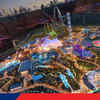


.jpg?#)












